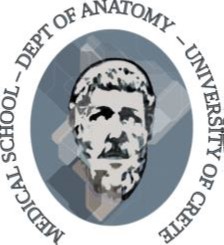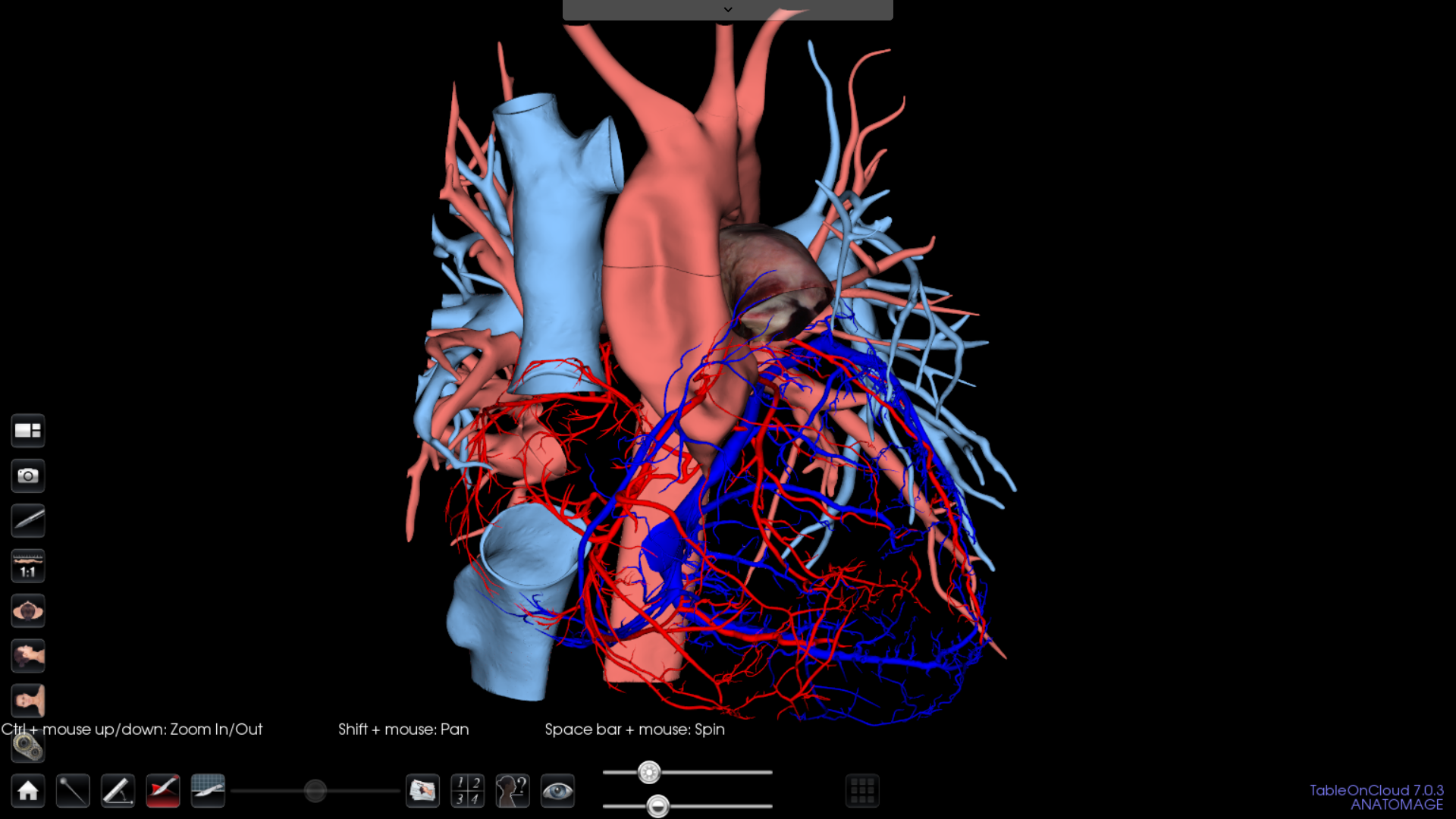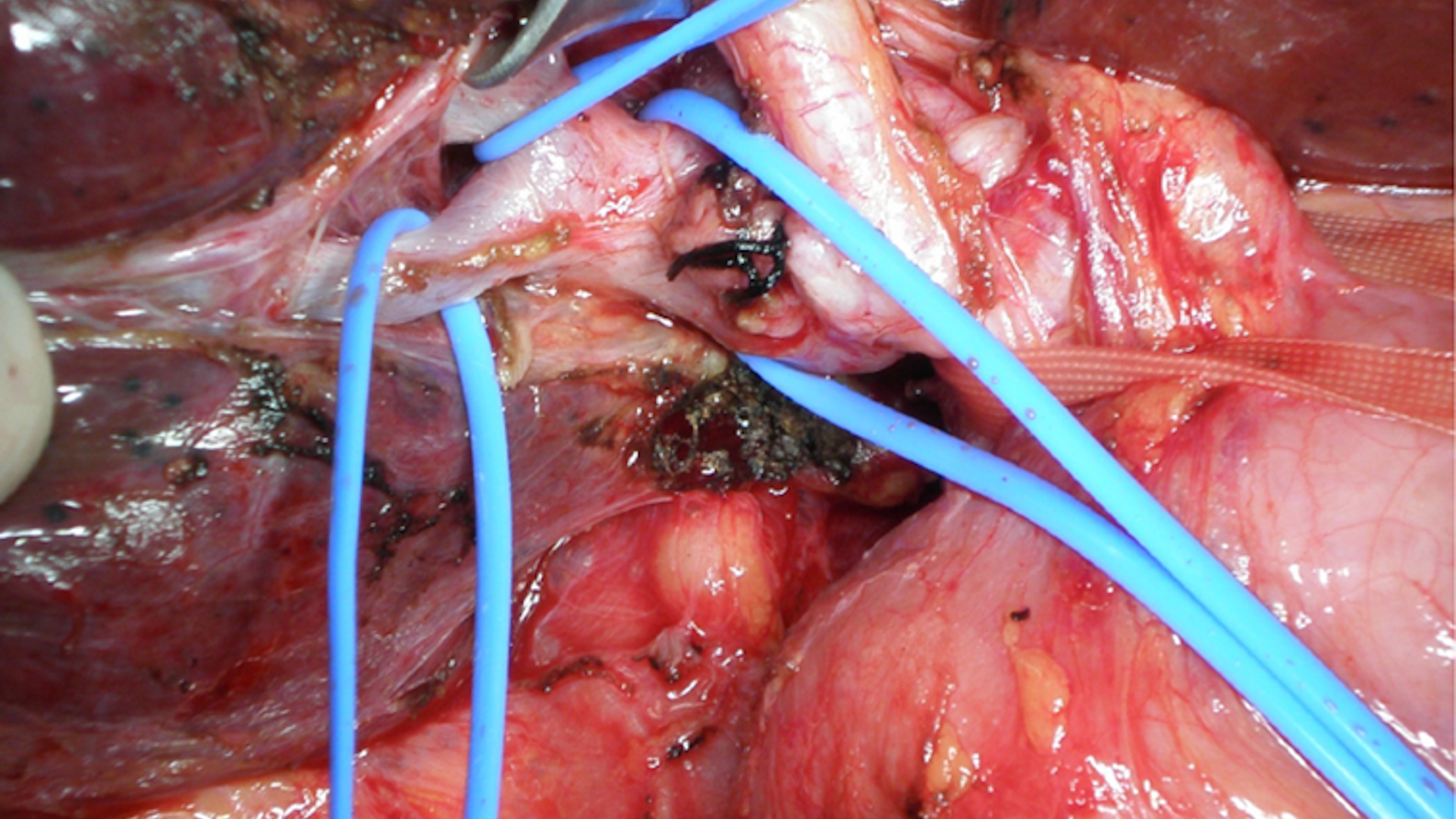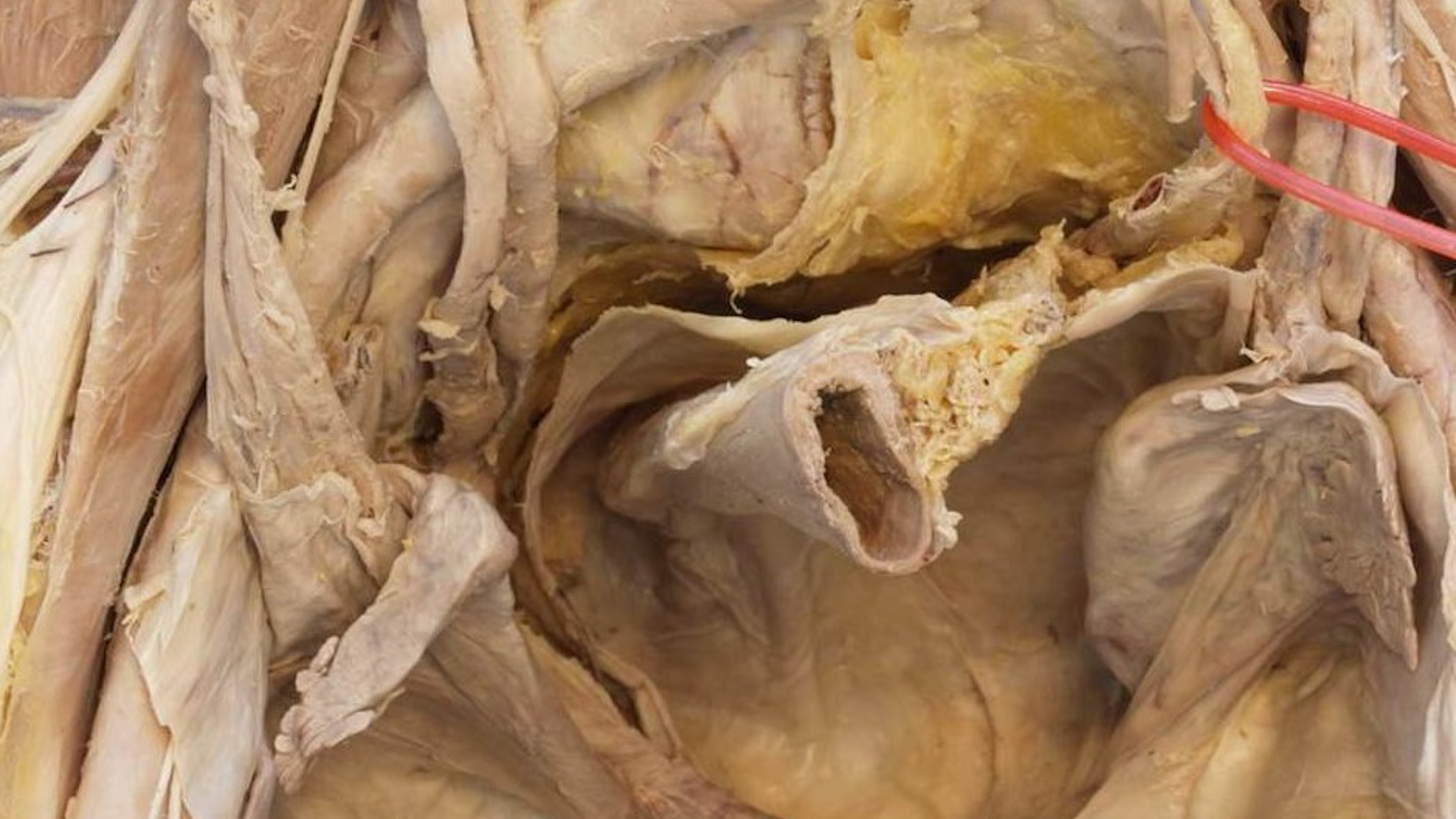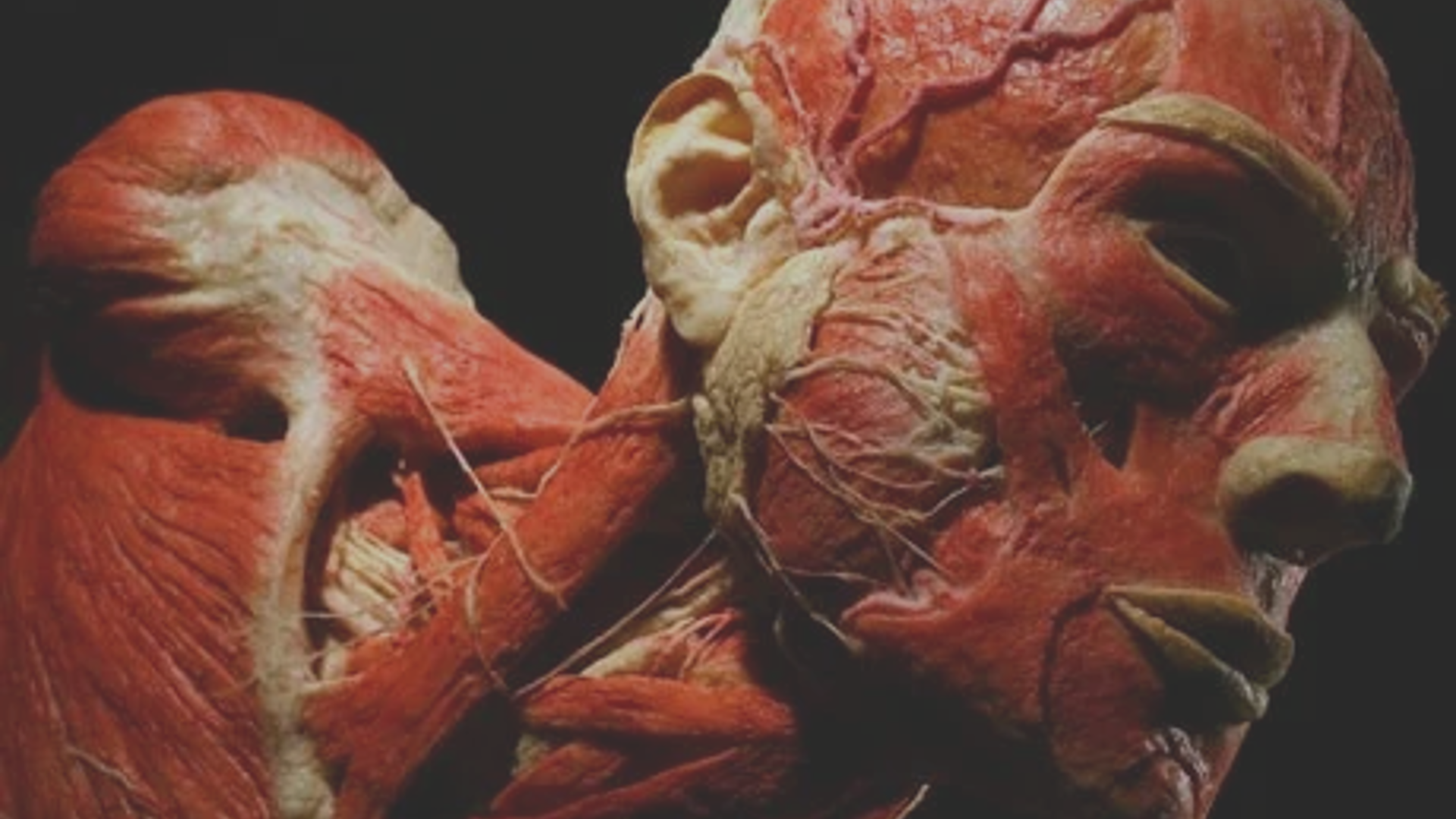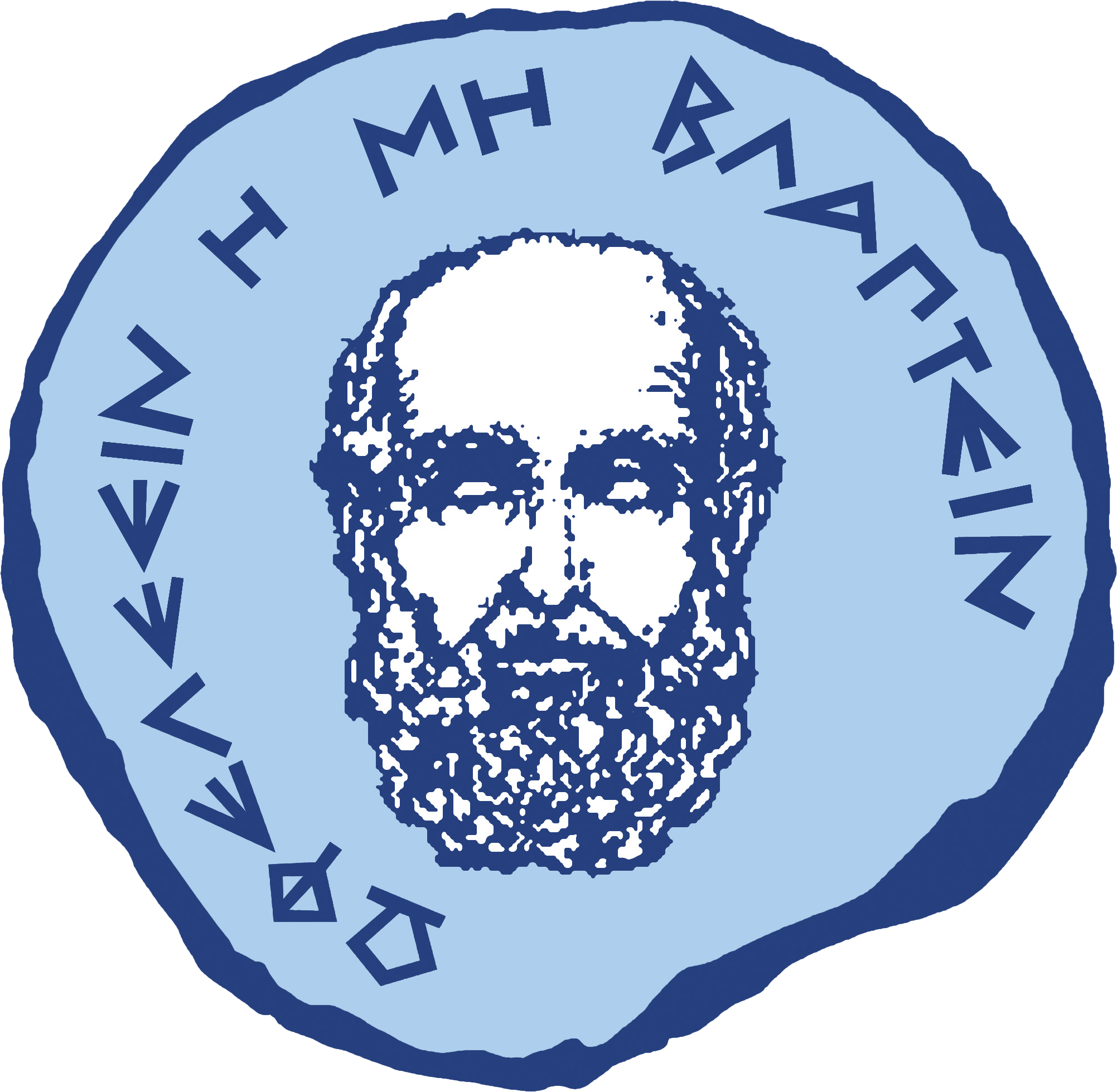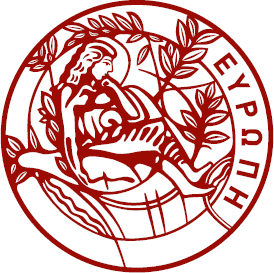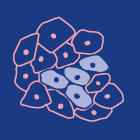

Special Issue
"Microbiota in Colorectal Cancer"
Guest EditorsProf. Dr. John Tsiaoussis
Associate Professor of Anatomy, Department of Anatomy
Prof. Dr. John Souglakos
Associate Professor of Medical Oncology, Laboratory of Translational Oncology
Undergraduate courses
MUSCULOSKELETAL ANATOMY
The aim of the course is for the student to become conversant with the anatomic terminology and to understand the structure of the musculoskeletal system of the axial and appendicular skeleton. The lectures and workshops focus on the consolidation of the structure of the musculoskeletal system and introduce the students to the concepts of imaging and clinical anatomy. After the successful completion of the course the student should be able to:
- know the architectural structure of the human musculoskeletal system
- recognize the basic characteristics of the musculoskeletal system in classic forms of imaging
- define the elements of the musculoskeletal system visible on the body surface
TOPOGRAPHIC ANATOMY A
The aim of the course is for the student to become conversant with the architectural structure of the organs and systems of the head, neck, and chest and to comprehend the interactions between these systems. The lectures and workshops focus on the consolidation of the topographic and functional relations which define the aforementioned organs and systems associating them with elements of imaging and clinical anatomy. After the successful completion of the course the student should be able to:
- know the structure of the organs & systems of the head, neck, and chest
- determine the topographic and functional relations of the aforementioned organs and systems
- determine the basic topographic anatomic relations in various forms of imaging
TOPOGRAPHIC ANATOMY B
The aim of the course is for the student to become conversant with the architectural structure of the organs and systems of the abdominal and pelvic cavity, to comprehend the interactions between these systems, and to integrate the anatomical knowledge of the clinical practice (clinical anatomy). The lectures and workshops focus on the consolidation of the topographic and functional relations which define the aforementioned organs and systems associating them with elements of imaging and clinical anatomy. After the successful completion of the course the student should be able to:
- know the structure of the organs & systems of the abdominal and pelvic cavity
- determine the topographic and functional relations of the aforementioned organs and systems
- determine the basic topographic anatomic relations in various forms of imaging
NEUROANATOMY
The aim of the course is for the student to become conversant with the anatomic terminology and to understand the structure of the central nervous system (CNS). The lectures and workshops focus on the consolidation of the structure of the CNS and introduce the students to the concepts of clinical neuroanatomy.
After the successful completion of the course the student should be able to:
- know the architectural structure of the human CNS
- determine the topographic and functional relations and connections in the brain and spinal cord
- recognize the basic anatomical structures of the CNS and determine the basic topographic anatomic relations in various forms of imaging
